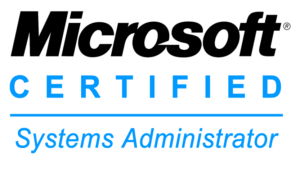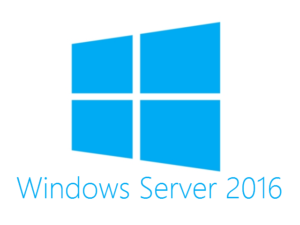Overview
This exam (70-697) tracks to my latest course at CBT Nuggets. I am remaking the existing 70-697 there by James Conrad to be more laser focused on this exam, and perhaps even more importantly, to feature Hands On Labs so that students can practice almost every skill they must demonstrate in the exam.
So now that the shameless self promotion is out of the way – let’s get to the exam.
The 70-697 Exam
You can expect about 52 questions on this 70-697 exam with a passing score of about 700. You have 120 minutes for the exam. Time pressure is NOT an issue. I say this even as a very fast test taker.
The exam breaks down accurately into the following sections. Notice the percentage breakdown on the number of questions you will face! It is equal for each category and the exam certainly did indeed reflect this!
- Manage apps (10–15%)
- Configure storage (10–15%)
- Intune (10–15%)
- Manage data access and protection (10–15%)
- Manage identity (10–15%)
- Manage updates and recovery (10–15%)
- Configure networking (10–15%)
- Manage remote access (10–15%)
- Plan desktop and device deployment (10–15%)
Question Types
What types of questions can you expect? Here they are:
- Simple multiple choice – yes, these include choose two, choose three type questions; I do not remember one instance of the more difficult “Choose all that Apply”
- Scenario-based multiple choice – you are presented with a scenario of text and tables and things, and then you get a bunch of multiple choice based questions on that information; the scenario does not change – just the multiple choice questions change; this is great, saving you a ton of reading since the scenario is exactly the same
- Drag and drop steps in the correct order – you can expect bogus steps in the list of steps that you are to order; for example, you might need to select the three steps needed and order them correctly out of 7 possible steps
- Select the correct command or parameter from a drop-down – here you choose the correct PowerShell or command line option
- Select the correct command or parameter using drag and drop – note that this is basically the same as the above; how awesome we never need to enter in command syntax from just our brain matter – we are always selecting from options presented in some fashion
- Select the correct section of the GUI (hotspot) – here you click on a properties window or some other GUI element of Windows in order to make your selection; and example might be to select the correct tab for a particular Printer configuration
Final Thoughts
This 70-697 exam is pretty easy. Especially when compared to the Windows 8 and Windows 8.1 counterparts. Please, of course, study. But again, compared to previous Windows desktop exams, it is definitely on the easier scale. Knowing key facts can carry you through many questions. And you have a relative few questions to deal with. I really enjoyed how this exam hammered important facts, and not trivia. I only noticed one question in fact out of my test bank of 52 total where I thought to myself “that is just stupid – who would have that memorized!” Interestingly, several of the questions could be answered just by having your A+ and Network+ certification knowledge down pat. Enjoy your studies everyone!

